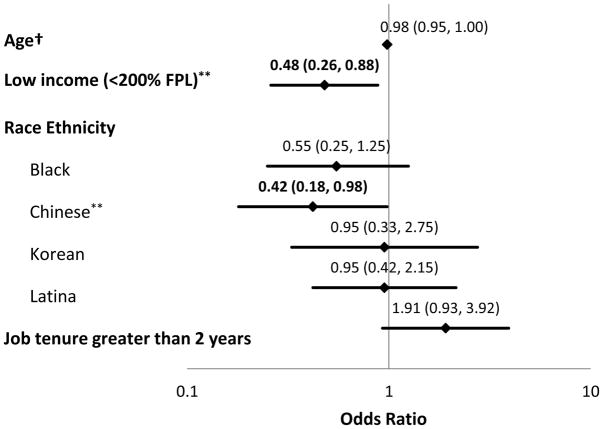Exhibit 3. Model describing the odds of having an accommodating employer.
Independent predictors of having an accommodating employer
Source: Authors’ analysis of data from the Breast Cancer and the Workforce study
Notes: Diamond indicates point estimate for odds ratio; horizontal line indicates 95% confidence interval.
Corresponding data are included above each data point as OR (95% confidence interval). FPL: Federal Poverty Level †Odds ratio corresponds to a one-year increase in age.
**p <0.05
| Covariate | data points | position on y-axis | |
|---|---|---|---|
| Age | upper limit | 1.004 | 8 |
| odds ratio | 0.98 | 8 | |
| lower limit | 0.95 | 8 | |
| Low Income (<200% FPL) | upper limit | 0.88 | 7 |
| odds ratio | 0.48 | 7 | |
| lower limit | 0.26 | 7 | |
| Race/ethnicity | |||
| Black | upper limit | 1.25 | 5 |
| odds ratio | 0.55 | 5 | |
| lower limit | 0.25 | 5 | |
| Chinese | upper limit | 0.98 | 4 |
| odds ratio | 0.42 | 4 | |
| lower limit | 0.18 | 4 | |
| Korean | upper limit | 2.75 | 3 |
| odds ratio | 0.95 | 3 | |
| lower limit | 0.33 | 3 | |
| Latina | upper limit | 2.15 | 2 |
| odds ratio | 0.95 | 2 | |
| lower limit | 0.42 | 2 | |
| Job tenure greater than 2 years | upper limit | 3.92 | 1 |
| odds ratio | 1.91 | 1 | |
| lower limit | 0.93 | 1 | |

